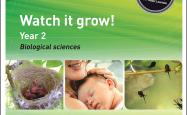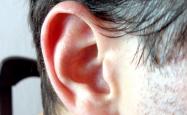This online resource looks at an example of natural selection in humans.
The two linked resources concerning sickle-cell anaemia are suitable for use with Year 10 students.

This online resource looks at an example of natural selection in humans.
The two linked resources concerning sickle-cell anaemia are suitable for use with Year 10 students.
This unit of work explores the life cycles of egg-laying animals.

This unit of work investigates the life cycle of living things.

This unit of work teaches students how night and day occur.
It has a heavy literacy focus, but sequences 1–6 deals with how night and day occurs.

In this series of activities students investigate waste creation and management.
The students investigate this issue through their own experiences and case studies.

This online resource helps teach younger students about light.

This unit of work introduces the concepts of changes in the state of matter.

This online resource describes how photovoltaic cells work.
A video describes how the photovoltaic effect works in the doped semiconductors used to generate electricity in solar panels.

This online resource looks at the way human hearing works.

This online resource covers the many types of renewable and non-renewable energy.